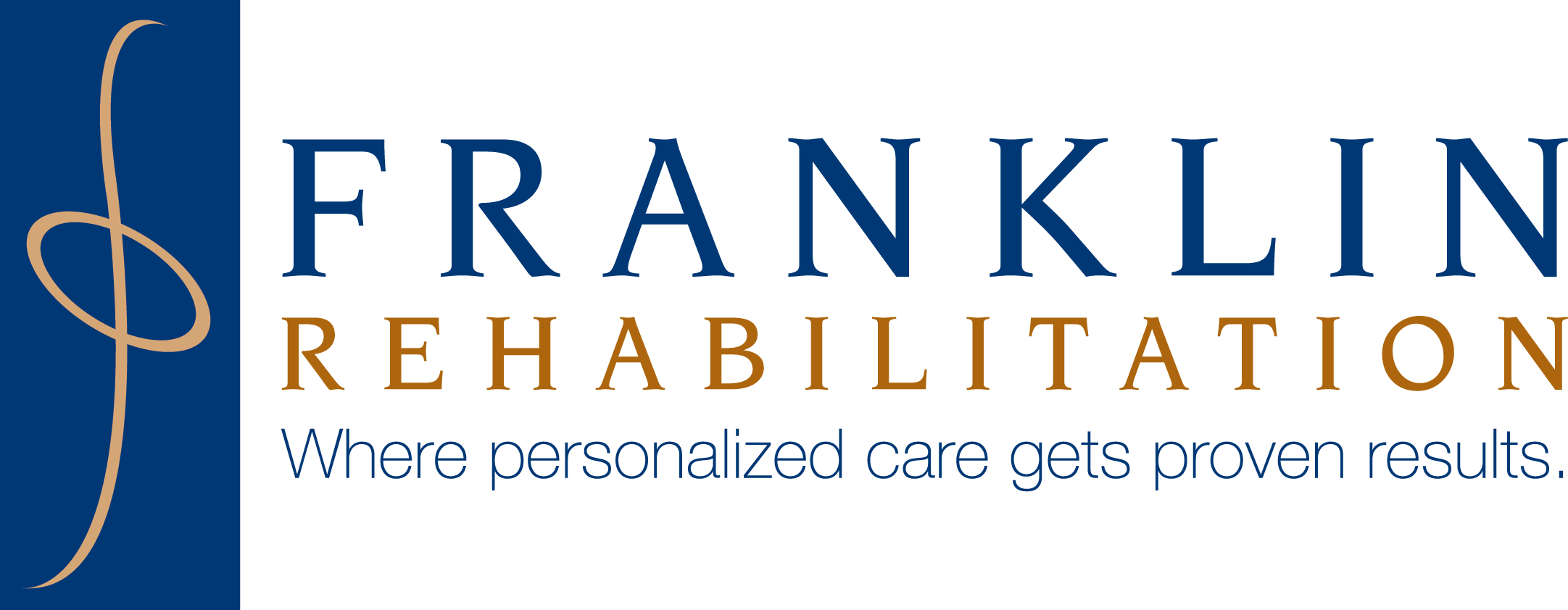Why do car accidents often lead to a neck injury?

While driving a car is something that most adults in the United States do every day, unfortunately, car accidents are incredibly common. Over 6 million car accidents occur in the United States every year, and nearly half of them result in injury. A car accident can cause injury to the back, the limbs, and the head and neck, often resulting in long-lasting pain.
The neck and head are more at risk of injury during a car accident than other parts of the body. Even low-speed car accidents can lead to neck injury, because unlike the rest of the body, the head and neck are not restrained by a seat belt while driving or riding in a car.
How can the neck become injured in a car accident?
Neck injuries are one of the most common kinds of injuries resulting from a car accident. In fact, more than 800,000 neck injuries are reported to have been caused by car accidents every year in the United States. The neck can become injured during a car accident in a number of ways, including:
- Whiplash — This is an injury caused by forceful, back-and-forth movement, which causes strain on the muscles, nerves, tendons and vertebrae of the neck. Rear-end collisions often result in whiplash. Whiplash can often result in neck pain and stiffness, shoulder and lower back pain, as well as cognitive symptoms such as blurred vision and numbness in the limbs.
- Neck fractures — A fracture occurs when one of the bones or vertebrae of the neck become broken. In severe cases, a neck fracture can cause the vertebrae to become dislocated, which could damage the spinal cord.
- Muscle damage — The muscles of the neck can become damaged from excess strain. During a car accident, the neck muscles can be severely stretched, leading to tenderness, bruising and damage to the tendons. The tendons can even tear, resulting in tendinitis of the neck.
Can physical therapy help with my neck pain?
Some of the long-lasting effects from a neck injury can include pain, decreased mobility and flexibility of the neck, and a loss of muscle strength. Physical therapists can employ a number of tried-and-true methods to help manage your symptoms, including manual therapy, therapeutic exercise, and electrical stimulation.
Contact our team of licensed physical therapy specialists today to schedule your free screening or to make an appointment to get on the road to recovery.
